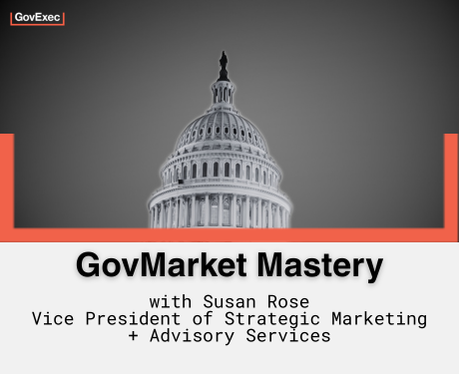If you’re a government leader, you’re very aware of today’s challenging environment: navigating competing priorities, constrained budgets, emerging technologies, demanding stakeholders, and the constant push to do more with less. It’s a world where change is the only constant, and navigating it can feel like steering through a storm.
You’re likely looking for proven practices, solutions, and ideas to simplify complexity, make sense amid uncertainty, and establish a vision of what’s really possible.
So, how do today’s leaders and teams deliver great service in such a complex environment?
One word: Intentionally.
This three-part blog series plunges into the core of leadership: driving positive change with a team united by purpose, meaning, and mission—all grounded in great service. In this second post, we’ll explore the power of positive strategy because leadership is as much about attitude as it is about action.
Enjoy the journey and lead well—your team deserves it.
_____
The Power of Positive Strategy: Four Key Actions of Great Leaders
In Practicing Positive Leadership, Dr. Kim Cameron outlines four strategies for leaders that foster positive deviance—outcomes that exceed expectations (more on that below).
The four strategies are:
1. Positive Relationships
Leaders build trust, respect, and kindness within their teams, creating a collaborative, efficient environment. People thrive within an environment characterized by positive relationships built on trust, respect, and compassion.
2. Positive Communication
It takes approximately five positive statements to counteract one negative statement. In fact, the ratio of positive to negative communication in the workplace is the single most important factor in predicting organizational performance. The way we communicate directly impacts team performance.
3. Positive Work Climate
Kindness, forgiveness, and gratitude fuel a work climate where people feel good about being at work—and that’s where innovation happens.
4. Positive Meaning
People want to feel valued. When people feel that their contribution adds value to the overall purpose and goals, there is a heightened level of meaning. Commitment, engagement, and effort rise—and so does retention.
Positive leadership is much more than feel-good jargon; it’s about achieving positively deviant results—abnormally high-performing outcomes. Teams with positive leaders are primed to exceed expectations—and then some.
The four strategies above are the building blocks of high-performing teams. Positive leaders cultivate these elements to create a thriving environment where teams can achieve extraordinary results.
“Positive leadership is much more than feel-good jargon.”
To lead with hope and optimism – to have a truly positive mindset – requires us to recognize what positively deviant outcomes could be.
Often, we think in simple terms like exercising more, improving relationships, or growing our business. Positive deviance would have us think about being in a fantastic state of physical fitness, in a deeply loving relationship, or having our business flourish so that we can move to a position of generosity.
In organizational behavior, positive deviance significantly surpasses normal expectations, and such results are possible among teams with intentionally positive leaders who make it so.
For more information on GovExec’s Professional Development Academy,
contact Solutions@GovExec.com.
Stay tuned for Part 3: The Power of Team.
Catch up on Part 1: The Power of Mindset.


